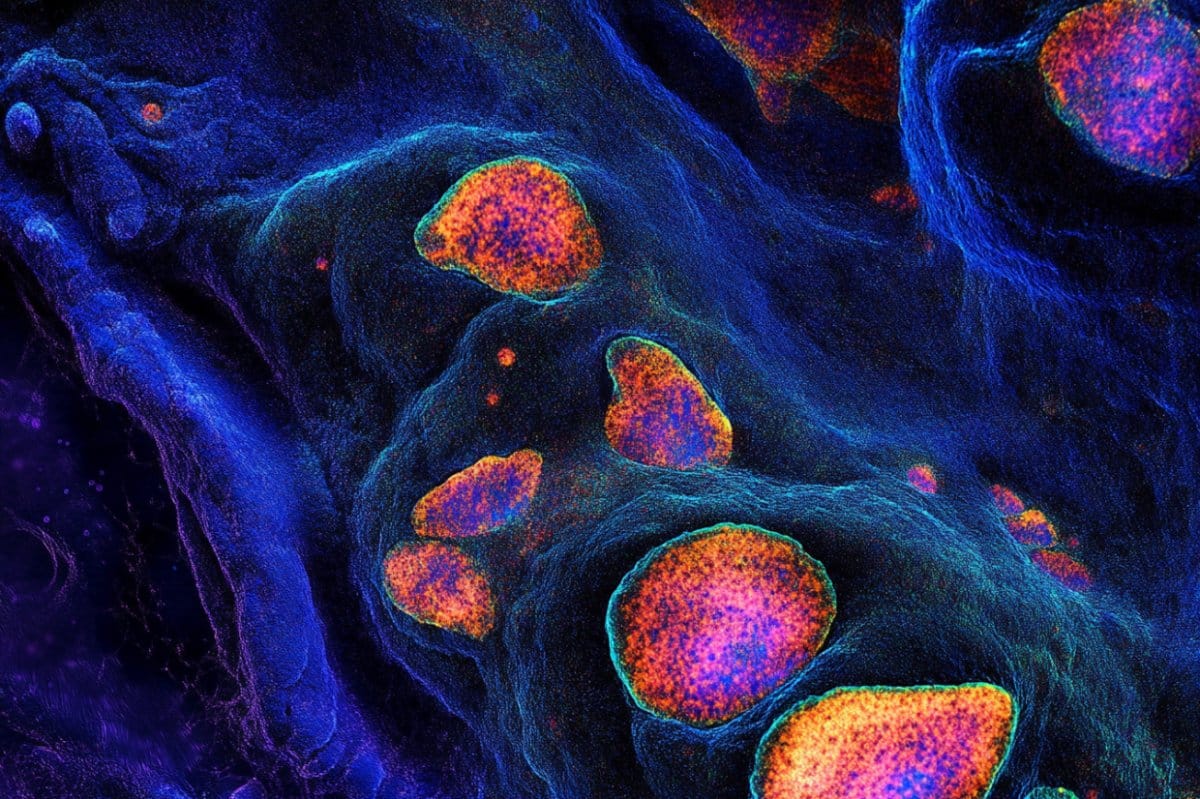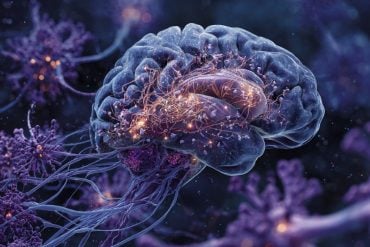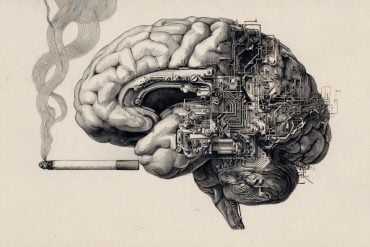Summary: New research shows that TEAD proteins, long known for promoting the growth of neural progenitor cells, also help those same cells mature into neurons and glia, depending on their molecular partners. In early development, TEAD proteins bind with YAP to drive cell proliferation, but later they switch to a different partner, INSM1, which promotes cell differentiation.
This partner switch is essential for normal brain development and challenges assumptions about targeting TEAD in drug therapies. The findings reveal the dual nature of TEAD and caution against oversimplified approaches in treating diseases like cancer by blocking this complex protein.
Key Facts:
- Partner Swap: TEAD proteins shift from promoting proliferation to differentiation by switching partners from YAP to INSM1.
- Unexpected Findings: Knocking out TEAD stalled neural development, contradicting earlier assumptions.
- Therapeutic Implications: Targeting TEAD in cancer therapies could disrupt normal brain development if context isn’t considered.
Source: St. Jude Children’s Research Hospital
The fundamental processes that govern neural development are complex and, as findings by scientists at St. Jude Children’s Research Hospital demonstrate, the underlying driving forces can even appear conflicting.
The TEAD family of proteins is thought to promote self-renewal and proliferation of progenitor cells in the brain. However, St. Jude researchers have discovered that these same proteins can also play a role in differentiation when they have a different binding partner.

This discovery sheds light on the intricate mechanisms of neural development and highlights potential pitfalls for developing therapies that target TEAD proteins.
The study was published yesterday in Genes and Development.
TEAD proteins are well known to recruit YAP to DNA, a protein that activates genes involved in tissue growth. YAP is an infamous oncogene; it is aberrantly activated in many cancers and drives excessive cell replication. During normal brain development, YAP is tightly controlled and drives neural progenitor cells to self-renew and proliferate.
While the St. Jude group confirmed this function of YAP with their studies, they also made a surprising discovery: Removing or “knocking out” TEAD proteins in their lab models had an effect opposite to what was expected.
“Without TEAD proteins, neural progenitor cells in a specific region of the brain, the ventral telencephalon, became stuck in their immature state and failed to produce enough neurons and glia, the building blocks of a mature nervous system,” said corresponding author Xinwei Cao, PhD, St. Jude Department of Developmental Neurobiology.
This finding raised an intriguing question: If TEAD proteins are YAP’s partners in promoting cell proliferation, how could removing TEAD cause cells to stall instead of differentiating? Cao and her team set out to understand how this could be the case.
TEAD proteins change partners to promote differentiation
The group found that TEAD proteins have a “secret” partner called INSM1. As neural progenitor cells progress through their developmental journey, YAP levels decrease, and INSM1 steps in to bind TEAD proteins.
This new partnership causes TEAD to switch gears, promoting cell differentiation instead of self-renewal.
“We found that TEAD proteins switch interacting partners as neural progenitor cells move along their developmental path,” Cao said.
“This change allows TEAD to play a completely different role, helping progenitor cells mature and produce neurons and glia.”
The context-specific roles of TEAD proteins carry important implications for drug development. As an oncogene, scientists have investigated YAP as a target, but it is considered “undruggable.”
Companies seeking to block the downstream effects of the undruggable YAP proteins have therefore sought to drug TEAD instead. This study, however, shows that inhibiting TEAD could have unexpected consequences.
“We’ve captured the complexity of brain development, demonstrating how important it is to account for context as we study and look for ways to disrupt these processes,” Cao said.
“It also reminds us that there’s still much left to uncover about the fundamental mechanisms driving neurodevelopment.”
Authors and funding
The study’s first authors are Charles Perry and Alfonso Lavado of St. Jude. The other authors are Venkata Thulabandu, Cody Ramirez, Joshua Paré, Rajiv Dixit, Jiyuan Yang and Jiyang Yu of St. Jude, and Akhilesh Mishra, formerly of St. Jude.
The study was supported by grants from the National Institutes of Health (R01NS119760 and P30CA021765) and ALSAC, the fundraising and awareness organization of St. Jude.
About this genetics and neurodevelopment research news
Author: Chelsea Bryant
Source: St. Jude Children’s Research Hospital
Contact: Chelsea Bryant – St. Jude Children’s Research Hospital
Image: The image is credited to Neuroscience News
Original Research: Closed access.
“TEAD switches interacting partners along neural progenitor lineage progression to execute distinct functions” by Xinwei Cao et al. Genes and Development
Abstract
TEAD switches interacting partners along neural progenitor lineage progression to execute distinct functions
The TEAD family of transcription factors is best known as the DNA-binding factor in the Hippo pathway, where these factors act by interacting with transcriptional coactivators YAP and TAZ (YAP/TAZ).
Despite the importance of the Hippo pathway, the in vivo functions of TEAD in mammals have not been well established.
By comparing mouse mutants lacking TEAD1 and TEAD2 (TEAD1/2) with those lacking YAP/TAZ, we found that TEAD1/2 have both YAP/TAZ-dependent and YAP/TAZ-independent functions during ventral telencephalon development. TEAD1/2 loss and YAP/TAZ loss similarly disrupt neuroepithelial apical junctions.
However, the impacts of their losses on progenitor lineage progression are essentially opposite: YAP/TAZ loss depletes early progenitors and increases later progenitors, consistent with their established function in promoting progenitor self-renewal and proliferation, whereas TEAD1/2 loss expands early progenitors and reduces late progenitors, indicating that TEAD1/2 promote lineage progression.
We further show that TEAD1/2 promote neural progenitor lineage progression by at least in part inhibiting Notch signaling and by cooperating with insulinoma-associated 1 (INSM1). Orthologs of TEAD and INSM1 have been shown to cooperatively regulate neuronal cell fate decisions in worms and flies.
Our study reveals a remarkable evolutionary conservation of the function of this transcription factor complex during metazoan neural development.






